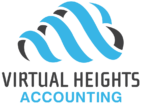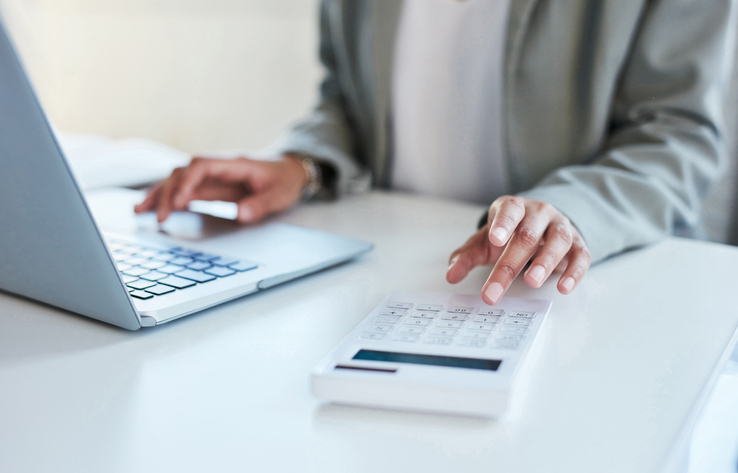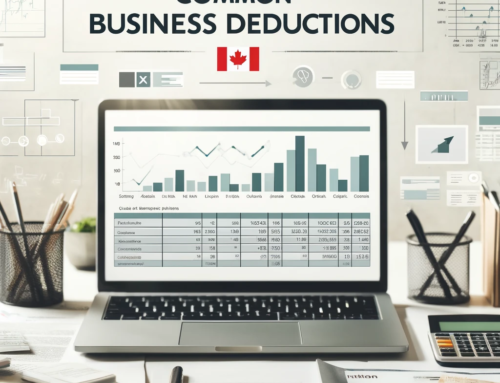Small business owners in Canada face a lot of challenges, and taking care of finances is among the top priorities. Understanding the difference between capital assets vs expenses is important for both tax purposes and for making decisions about your business.
Why? You ask. Well, let’s start with what capital assets are.
What is a Capital Asset
Capital assets (also often called Property, plant and equipment in Canada) are long-term assets that are critical for business operations. These assets are typically expensive (over $500) and have a useful life of more than one year. Examples of capital assets include buildings, equipment, and vehicles. Capital assets are also known as fixed assets as they remain on the balance sheet for a longer time. These assets can be depreciated over several years to help businesses account for their cost over time. Depreciated is what we call the write-off of the cost of this item. Rather than being deductible in the year of purchase (both for tax and accounting) they are written off over time. You can check out the Canada Revenue Agency’s website on the class type and associated write-off percentages for some common capital assets here.
It is also important that they are grouped and named accurately. As different types of capital assets will have different write-offs. For example, in a restaurant, the kitchen equipment is considered manufacturing equipment and would have different write-offs than the tables and chairs in the same restaurant. There are also sometimes other tax considerations with assets – check out this blog on immediate expensing. That can confuse the whole concept but is good to know (or to ask your accountant about extra tax saving programs/changes)!
What is an Expense
What are Expenses? Expenses are costs that are required to run a business, but they are typically more short-term. Expenses can be deducted from a business’s taxable and accounting income in the year they are incurred. Examples of expenses include office supplies, rent, and wages. In general, you want to consider carefully what you best want to track. One mistake we commonly see is creating a new account for every variation of an expense. However, likely you will not need to know how many light bulbs you purchased compared to paper towels for example but it would be good to understand in general the amount of supplies in total you would likely need to purchase in a given month or year.
Distinguishing Between Capital Assets and Expenses
One of the main ways to distinguish between capital assets and expenses is based on their useful life. Capital assets have a useful life of more than one year, while expenses are typically less than one year. Capital assets are also typically more expensive, and their cost is depreciated over several years. As mentioned, we generally use a rule of thumb of $500. The reason for this is practicality. A $150 printer may last over one year but the cost of tracking that asset is not worth the benefit of the tracking. It would then just be expensed in the year it was purchased. As a small business owner, you must accurately classify expenses and capital assets to prepare your financial reports properly. This will then also assist in accurate reporting for taxes as well.
Capital assets vs expenses in summary: Your capital assets will show up on your balance sheet as an asset. An expense will be deducted on your income statement. As a business owner, this will allow you to look are your income statement and better understand the true income from operations. The balance sheet will then assist in showing you the capital involved and required to make that income.
Virtual Heights Accounting is a CPA firm that operates in the virtual world. We provide virtual accounting, tax, Virtual CFO and Controller services for your growing Company. Contact us at www.vhaccounting.ca/contactus or follow our blog on your chosen social media source. This blog is intended for general use and understanding and does not replace direct professional advice.





